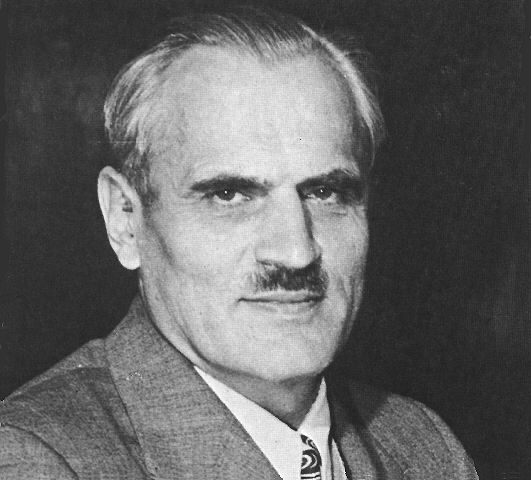- The Size and Shape of the Electron: II. The Absorption of High Frequency Radiation (1919) [Updated 1 decade ago]
- The Size and Shape of the Electron: I. The Scattering of High Frequency Radiation (1919) [Updated 1 decade ago]
- The Size and Shape of the Electron: II. The Absorption of High Frequency Radiation (1919) [Updated 1 decade ago]
In this paper it is pointed out that Sir J. J. Thomson's explanation of the fluorescent absorption of X-rays on the basis of incident radiation consisting of short double pulses, taken in connection with Moseley's law relating atomic number and the wave-length of characteristic X-radiation, leads to Owen's experimental law for the fluorescent absorption of moderately soft X-rays, namely that ?? / ??=KN4??3, ?? / ?? being the atomic fluorescent absorption coefficient, N the atomic number, ?? the wave-length of the incident radiation, and K a constant. Thus, though Thomson's explanation cannot be considered complete, it affords a provisional theoretical basis for Owen's law which has heretofore been lacking.
It is then shown that the law of absorption which holds for moderate frequencies must be modified in order to apply at very high frequencies in view of the fact, shown in a previous paper, that the wave-length becomes comparable with the radius of the electron. For absorbing elements in which excess scattering of the primary beam is inappreciable, the following law of absorption is derived: ?? / ??=KϕN4??3+?? / ?? where ?? / ?? is the atomic total absorption coefficient, ?? / ?? is the atomic scattering coefficient, and ϕ and ?? are functions of the ratio of the wave-length to the radius of the electron which are evaluated in the paper.
It is found that this formula agrees satisfactorily with the experimental values for the absorption of high frequency radiation in aluminium, the only substance for which the requisite data are available to make an adequate test, if the electron is taken to be a ring of radius (1.85 ?}.05) ?~ 10-10 cm. This result is in good agreement with the value 2 ?~ 10-10 cm. previously estimated by the writer on the basis of measurements of the scattering of high frequency radiation.
- The Size and Shape of the Electron: I. The Scattering of High Frequency Radiation (1919) [Updated 1 decade ago]
Synopsis.??Attention is called to two outstanding differences between experiment and the theory of scattering of high frequency radiation based upon the hypothesis of a sensibly point charge electron. In the first place, according to this theory the mass scattering coefficient should never fall below about.2, whereas the observed scattering coefficient for very hard X-rays and ??-rays falls as low as one fourth of this value. In the second place, if the electron is small compared with the wave-length of the incident rays, when a beam of ??-rays is passed through a thin plate of matter the intensity of the scattered rays on the two sides of the plate should be the same, whereas it is well known that the scattered radiation on the emergent side of the plate is more intense than that on the incident side.
It is pointed out that the hypothesis that the electron has a diameter comparable with the wave-length of the hard ??-rays will account qualitatively for these differences, in virtue of the phase difference between rays scattered by different parts of the electron. The scattering coefficient for different wave-lengths is calculated on the basis of three types of electron: (1) A rigid spherical shell of electricity, incapable of rotation; (2) a flexible spherical shell of electricity; (3) a thin flexible ring of electricity. All three types are found to account satisfactorily for the meager available data on the magnitude of the scattering coefficient for various wave-lengths. The rigid spherical electron is incapable of accounting for the difference between the emergent and the incident scattered radiation, while the flexible ring electron accounts more accurately for this difference than does the flexible spherical shell electron.
It is concluded that the diameter of the electron is comparable in magnitude with the wave-length of the shortest ??-rays. Using the best available values for the wave-length and the scattering by matter of hard X-rays and ??-rays, the radius of the electron is estimated as about 2 ?? 10-10 cm. Evidence is also found that the radius of the electron is the same in the different elements. In order to explain the fact that the incident scattered radiation is less intense than the emergent radiation, the electron must be subject to rotations as well as translations.



